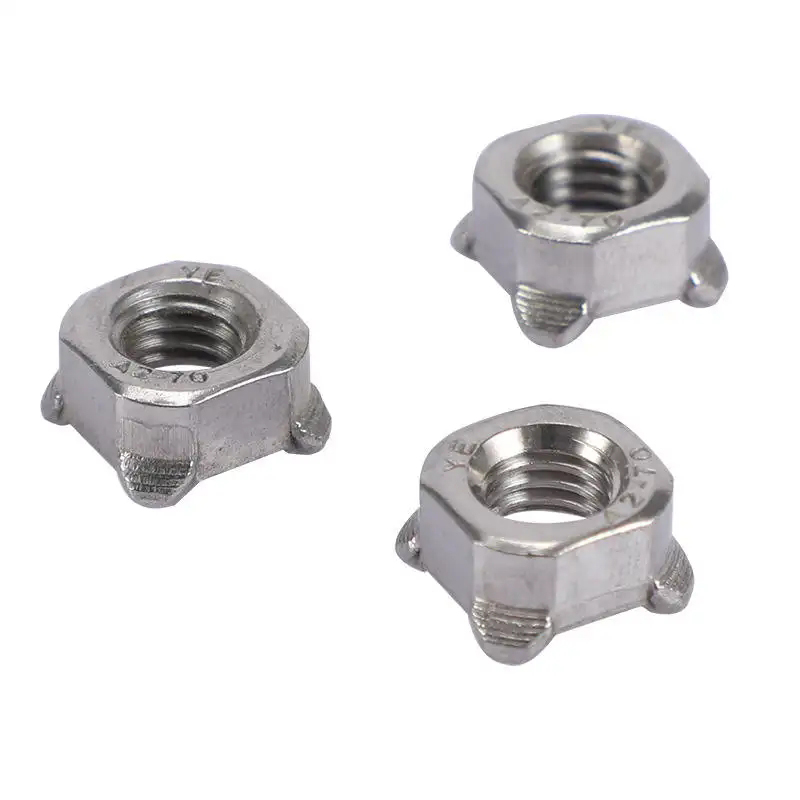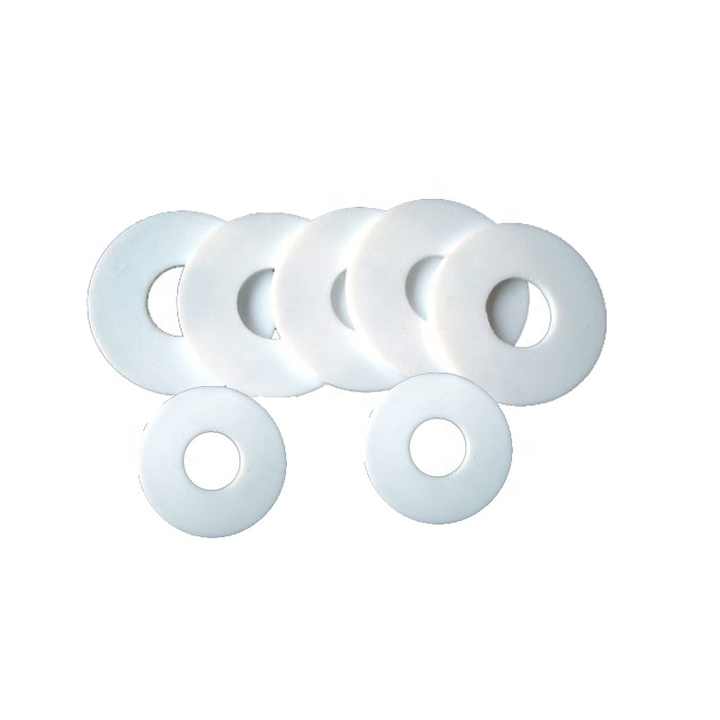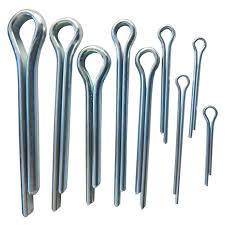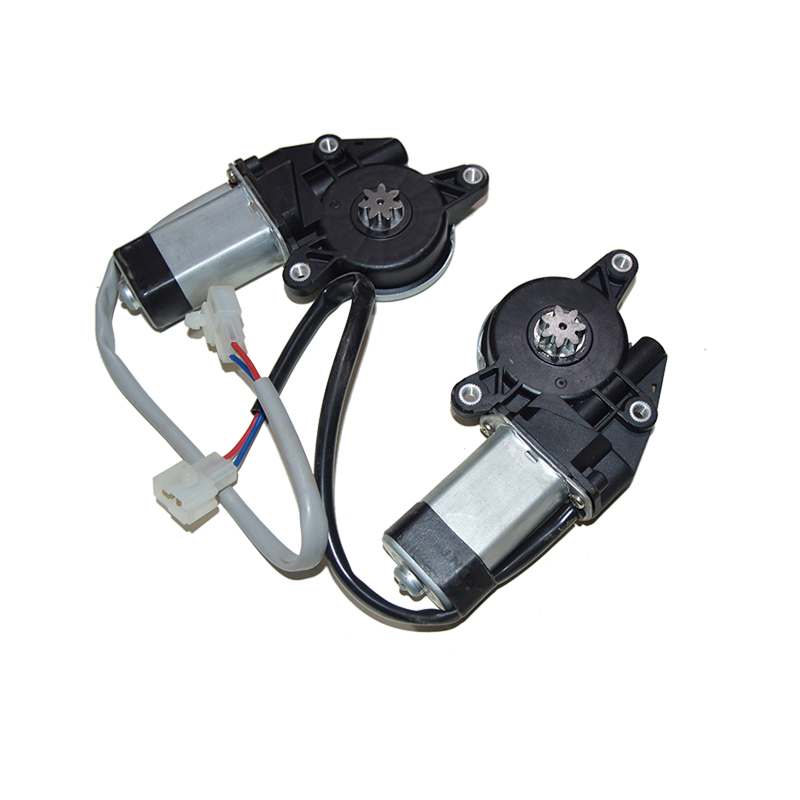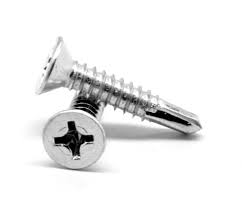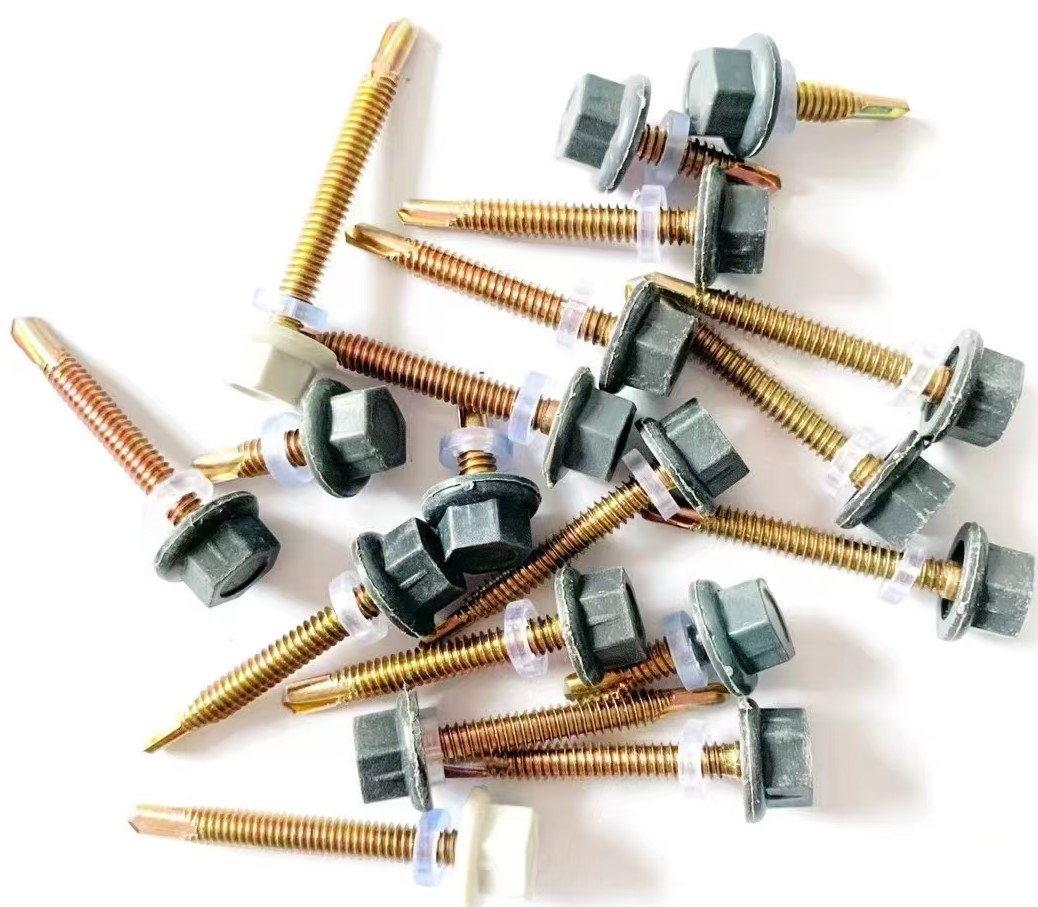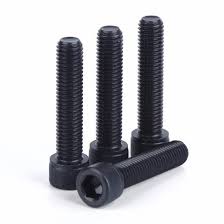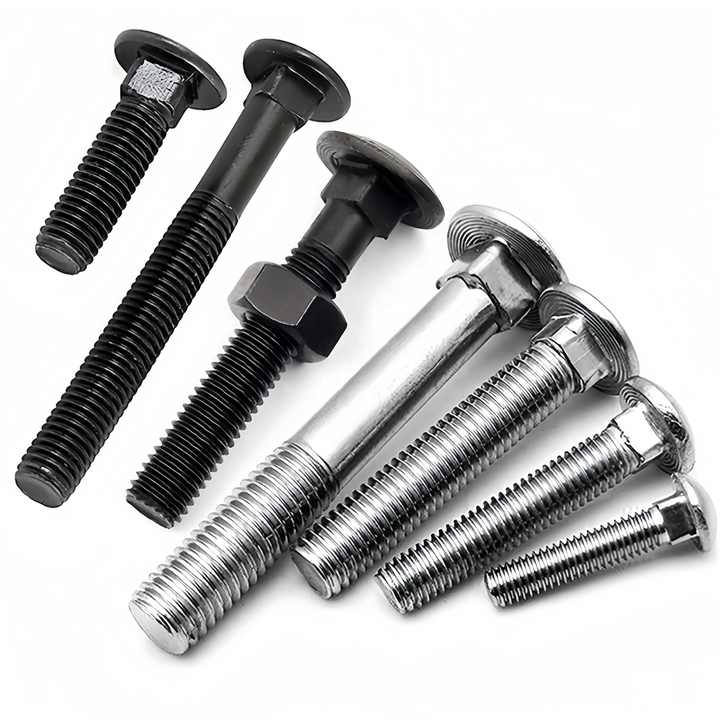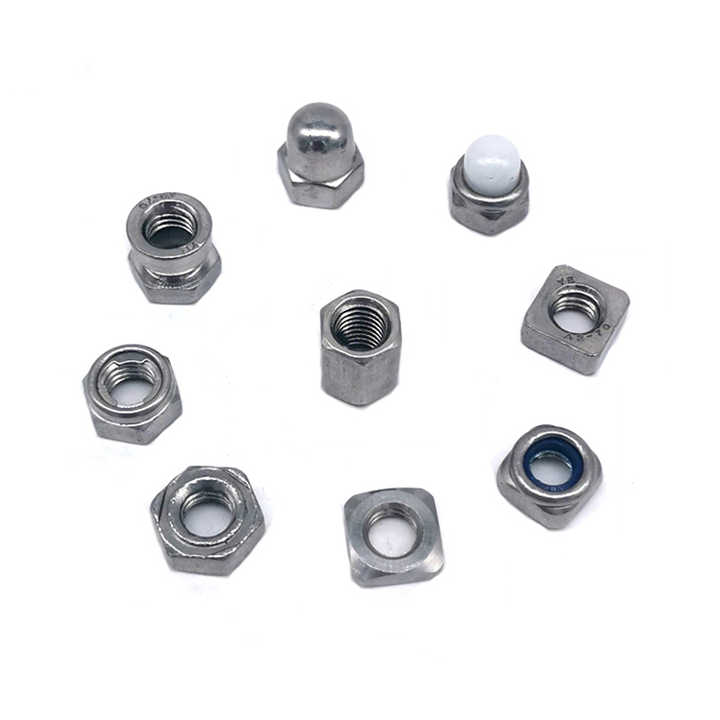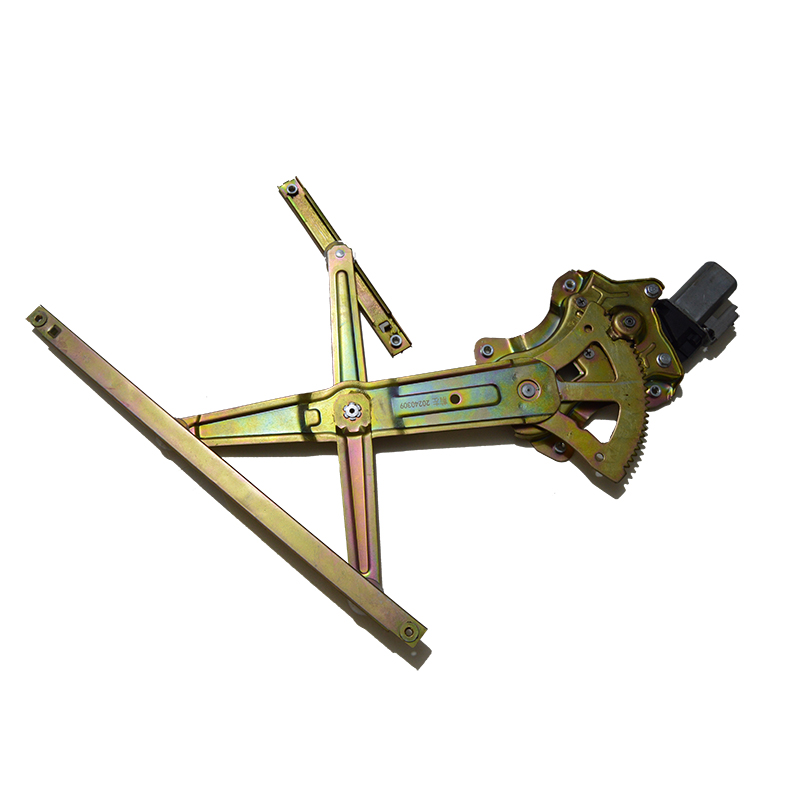

Understanding Stud Manufacturing Processes: A Comprehensive GuideThis article provides a detailed overview of stud manufacturing processes, exploring various techniques, materials, and considerations for producing high-quality studs. We'll delve into the intricacies of design, production methods, and quality control, offering insights into the industry's best practices.
The production of stud factories is a complex process involving various stages, from raw material selection to final quality checks. This comprehensive guide breaks down the entire manufacturing workflow, providing insights into the different methods employed and the key factors influencing the quality and efficiency of stud production. Understanding these processes is crucial for anyone involved in the selection, procurement, or application of high-quality studs.
The choice of raw material significantly impacts the final properties of the stud. Common materials include carbon steel, stainless steel, alloy steel, and brass, each offering a unique combination of strength, corrosion resistance, and other characteristics. The selection depends on the intended application and required performance specifications. For instance, stainless steel studs are often preferred in corrosive environments due to their excellent resistance to rust and degradation. Carbon steel studs, on the other hand, provide a good balance of strength and cost-effectiveness for many applications.
Before the manufacturing process begins, the raw material undergoes several preparation steps. This typically includes cutting the raw material into appropriate lengths, cleaning to remove impurities, and possibly heat treatment to enhance its mechanical properties. The precision of these preparatory steps is critical for ensuring the consistency and quality of the final product. Improper preparation can lead to defects in the final stud.
Cold heading is a widely used process for producing studs. In this method, the raw material is fed into a heading machine, which forms the stud's head and threads through a series of precisely controlled die impacts at room temperature. This method is highly efficient and produces studs with high dimensional accuracy and excellent mechanical properties. Cold heading is often preferred for high-volume production runs due to its speed and repeatability.
Hot forging involves shaping the metal at elevated temperatures. This process allows for the creation of more complex stud geometries than cold heading, but it's generally less efficient and more costly. Hot forging is used when the required stud shape or material properties necessitate this method. The increased temperature also allows for the creation of larger and more complex shaped studs.
Machining involves using cutting tools to shape the stud from a raw material bar or rod. While this process provides high precision and the ability to create complex designs, it is generally less efficient and more expensive than cold heading or hot forging, particularly for high-volume production. Machining is often used for smaller batches or specialized studs that require intricate features.
Rigorous quality control is essential throughout the stud manufacturing process. This involves regular checks at various stages of production to ensure that the studs meet the required specifications. Typical inspections include dimensional checks (measuring dimensions such as thread pitch, length and diameter), strength testing, and visual inspection for surface imperfections. Modern automated inspection systems are often used to enhance efficiency and accuracy.
Studs find diverse applications across various industries. From automotive and aerospace to construction and electronics, their use is widespread. The specific type of stud selected depends on the requirements of the application, including material strength, corrosion resistance, and required dimensions. For example, high-strength studs are crucial in applications requiring high tensile loads, while corrosion-resistant studs are essential in harsh environments. Hebei Dewell Metal Products Co., LTD offers a wide selection of studs for various applications.
| Method | Efficiency | Cost | Complexity |
|---|---|---|---|
| Cold Heading | High | Low | Low to Medium |
| Hot Forging | Medium | Medium | Medium to High |
| Machining | Low | High | High |
This guide provides a foundation for understanding the complexities of stud manufacturing. Further research into specific materials, processes, and applications will allow for a deeper understanding of this crucial manufacturing sector. Remember to always select studs that meet the specific requirements of your intended application for optimal performance and safety.

